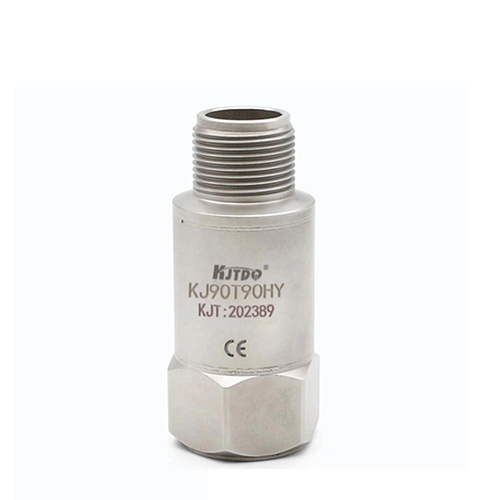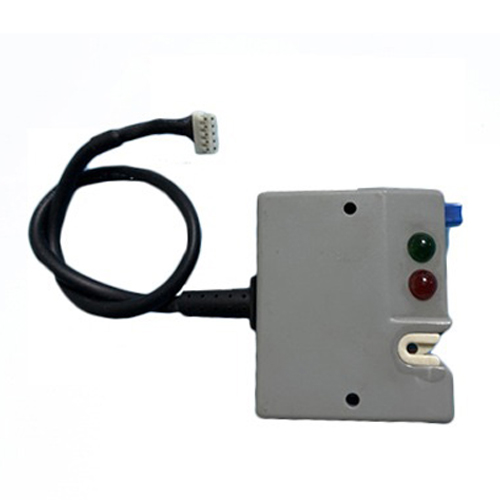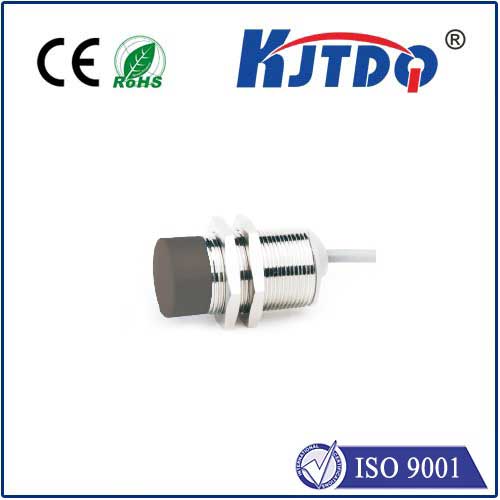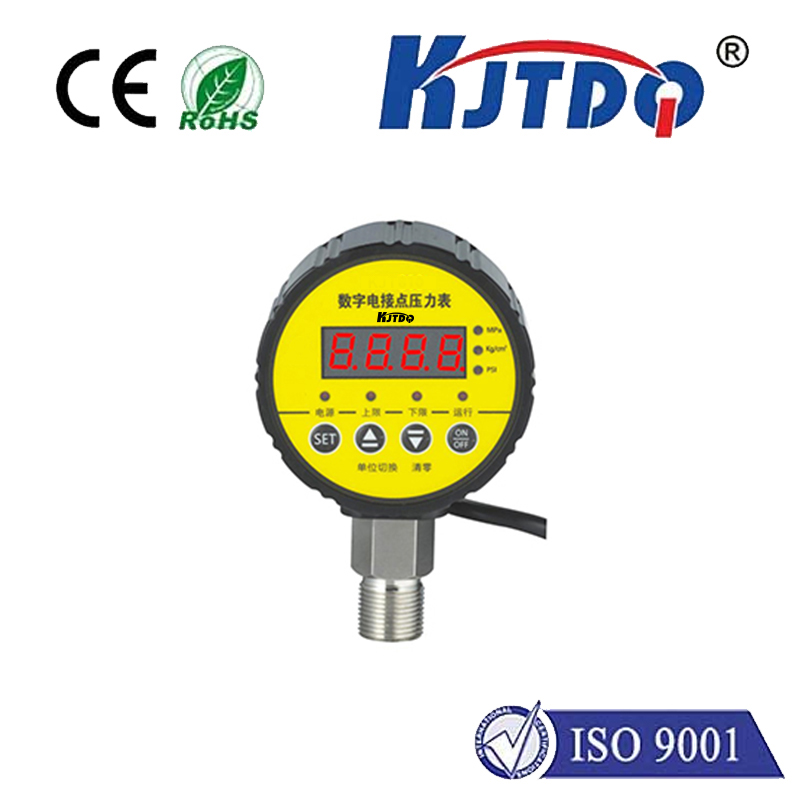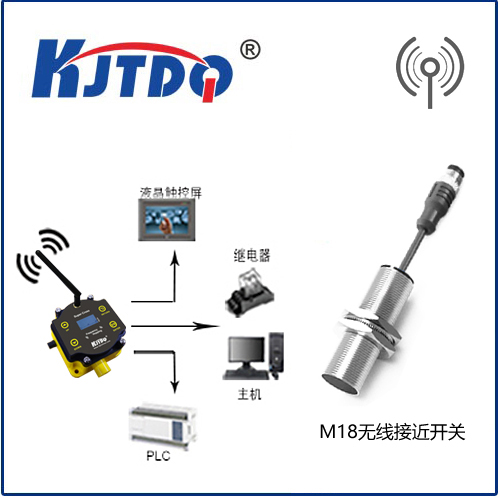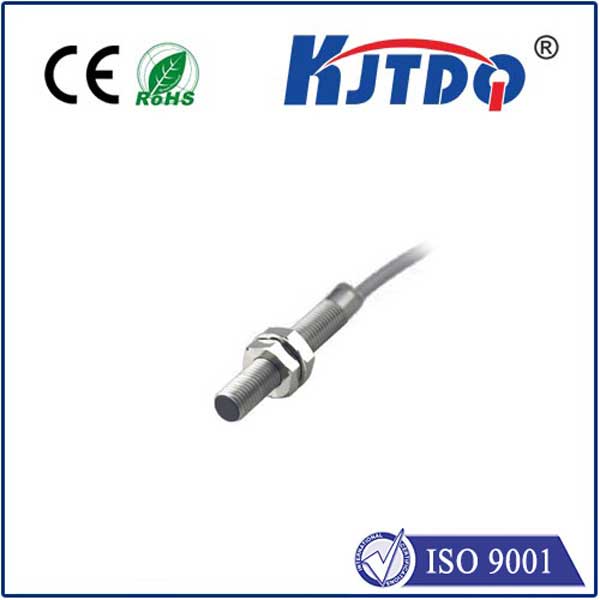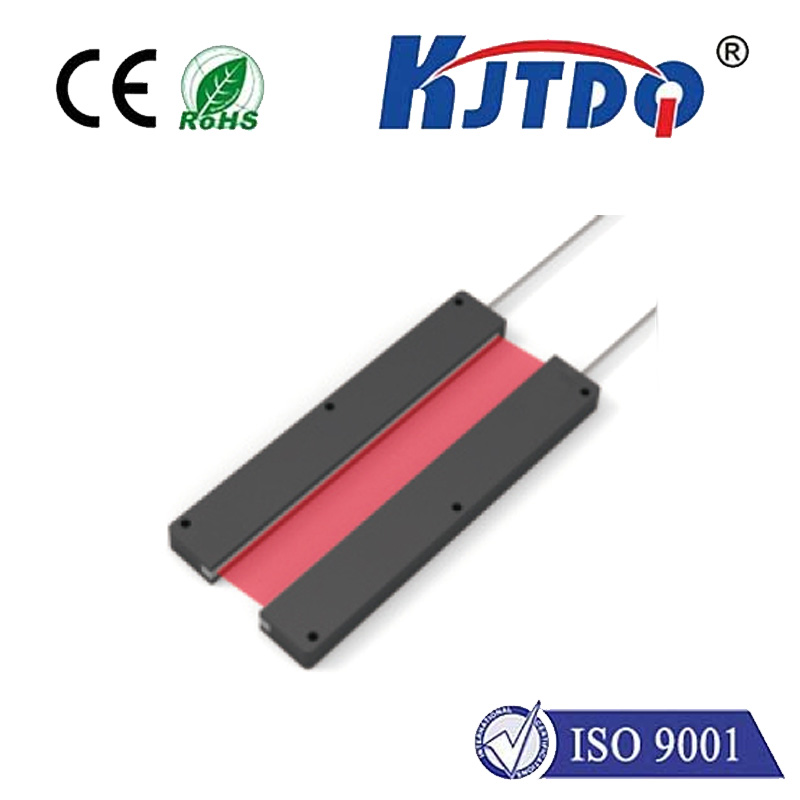sensors proximity sensor
- time:2025-09-05 14:15:25
- Нажмите:0
The Invisible Guardian: How Proximity Sensors Shape Our Tech-Driven World
From the moment you glance at your smartphone to dim the screen near your ear, to the automated doors welcoming you into a store, to the intricate dance of robots on a factory floor – an unseen force silently orchestrates countless interactions. This force is the датчик приближения, a fundamental component within the vast ecosystem of sensors designed to detect presence or absence without physical contact. Understanding this ubiquitous technology reveals the hidden intelligence making our devices smarter, safer, and more efficient.
Beyond Touch: Defining the Proximity Sensor
At its core, a датчик приближения is an electronic device engineered to detect the presence of an object within a specified range, typically without requiring any physical contact. It achieves this by emitting a field or beam of energy – electromagnetic radiation (like infrared light), ultrasonic sound waves, or an electromagnetic field – and monitoring for changes caused when an object enters this field. This capability for contactless detection is its defining superpower. Unlike touch sensors that require direct pressure, proximity sensors operate at a distance, enabling cleaner, faster, and more reliable interactions in environments where contact is impractical or undesirable.
The Inner Workings: Sensing Without Contact

The magic of proximity detection hinges on specific physical principles, leading to different sensor types:
- Inductive Proximity Sensors: These reign supreme in industrial settings. They generate an oscillating electromagnetic field. When a metallic object enters this field, it induces eddy currents within the metal, absorbing energy from the sensor’s coil. The sensor detects this energy loss (damping) and triggers a signal. Key advantage: Immune to dust, dirt, and non-metallic objects; highly reliable for metal detection.
- Capacitive Proximity Sensors: These detect objects by measuring changes in capacitance – the ability to store an electrical charge. The sensor creates an electrostatic field. When any object (metal, plastic, wood, liquid) enters this field, it alters the capacitance value. The sensor detects this shift. Key advantage: Detects a wide range of materials, including through non-metallic barriers; useful for level detection or presence of liquids/grains.
- Optical Proximity Sensors: Often utilizing Infrared (IR) light, these have a transmitter (IR LED) and a receiver (photodiode or phototransistor). The common “diffuse” type emits a beam; when an object reflects this beam back to the receiver, detection occurs. More complex variants include through-beam (object breaks a beam between separate units) and retro-reflective (object breaks a beam bounced off a reflector). Key advantage: Fast response, suitable for small objects, relatively long sensing ranges possible. Crucially, this is the primary type used in smartphones to deactivate the touchscreen during calls.
- Ultrasonic Proximity Sensors: These emit high-frequency sound waves (inaudible to humans) and calculate the time taken for the echo to return after bouncing off an object. Distance is calculated using the speed of sound. Key advantage: Effective for detecting complex shapes, surfaces, or transparent objects; works well in challenging environments like fog or dust; also used for distance measurement.
- Magnetic Proximity Sensors (Reed Switches): Activated by the presence of a magnetic field (usually from a magnet attached to the moving target). Key advantage: Simple, reliable, low power; common in security systems for door/window monitoring.
Ubiquity in Action: Where Proximity Detection Powers Our Lives
The applications for proximity sensors are astonishingly diverse, impacting nearly every sector:
- Smartphones & Consumer Electronics: As mentioned, the optical proximity sensor near your phone’s earpiece instantly locks the screen during calls to prevent accidental touches. They also enable features like “Auto Brightness” adjustments based on ambient light proximity and waking devices when picked up. Gesture control in some devices leverages proximity sensing.
- Автомобильная промышленность: Modern vehicles are packed with proximity sensors. Parking sensors (often ultrasonic) alert drivers to obstacles. Hands-free trunk opening systems detect a foot gesture beneath the bumper. Safety systems utilize proximity detection for collision avoidance and adaptive cruise control. Inductive sensors monitor wheel speed for ABS systems.
- Industrial Automation & Robotics: This is a major domain. Inductive sensors track metal parts on conveyor belts, count objects, and confirm positions. Capacitive sensors detect material levels in tanks or presence of non-metallic products. Robots rely heavily on proximity sensors to navigate, avoid collisions, and precisely position tools for assembly or welding. They ensure machinery stops if a worker enters a hazardous zone (safety light curtains).
- Retail & Building Automation: Automatic doors use infrared or microwave proximity sensors to detect approaching people. Touchless faucets and soap dispensers employ capacitive or infrared sensing. Security systems use magnetic sensors on doors/windows. Interactive displays may utilize proximity to wake up or trigger content.
- Appliances: Touchless control panels on modern ovens, dishwashers, and refrigerators often use capacitive proximity sensing. Automatic paper towel dispensers rely on this technology.
The Compelling Advantages: Why Proximity Sensing Prevails
The widespread adoption of proximity sensors is driven by distinct benefits:
- Non-Contact Operation: Eliminates mechanical wear and tear, significantly enhancing reliability and sensor lifespan. Allows detection of objects that are fragile, hot, vibrating, or hazardous to touch.
- High Speed and Reliability: Detect objects rapidly and consistently, crucial for automated high-speed processes and safety systems. Provides repeatable results.
- Robustness: Many types (especially inductive) are highly resistant to environmental factors like dust, dirt, moisture, oil, and vibrations, making them ideal for harsh industrial environments.
- Энергоэффективность: Modern proximity sensors, particularly in consumer devices, are designed for very low power consumption, extending battery life.
- Многогранность: With different sensing technologies available, a solution exists for detecting virtually any material type at various distances and in diverse conditions.
Navigating the Nuances: Considerations and Challenges
Despite their strengths, deploying proximity sensors effectively requires awareness of their limitations:
- Sensing Range: Each sensor type and model has a defined maximum detection distance. Selecting the appropriate range is critical.
- Target Material & Properties: Inductive sensors only detect metals. Capacitive sensors can be triggered unintentionally by environmental changes (humidity, condensation) or unintended materials. Optical sensors can be fooled by sunlight or highly reflective/absorbent surfaces. Ultrasonic sensors may have difficulty with sound-absorbing materials.
- Environmental Interference: Strong electromagnetic fields can affect inductive sensors. Extreme temperatures can impact sensitivity. Build-up of dirt or ice on the sensor face can impair optical and ultrasonic types.
- False Triggering: Careful installation and tuning are necessary to avoid unwanted activations due to environmental noise or unintended objects within the detection field.
The Imperceptible Hand, Indispensable Impact
Proximity sensors are the silent orchestrators enabling seamless, intuitive, and safe interactions between humans and machines, and between machines themselves. Their ability to detect presence without touch underpins a vast array of modern conveniences, industrial efficiencies, and safety-critical functions. As technology continues to evolve, with trends like the Internet of Things (IoT) and Industry 4.0 demanding ever more sophisticated sensing capabilities, the role of the humble yet powerful датчик приближения will only become more central, continuing to shape the invisible infrastructure of our tech-driven reality.

